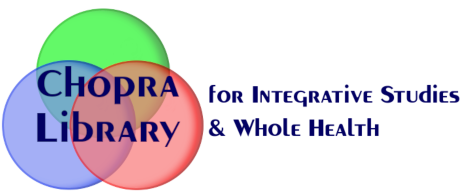- Home
- Non Gamstop Casino
- Explore
- Functions
- Articles
- Blog Articles
- Debunking, Debunked: Ayurveda
- Featured Topic: Homeopathy
- ISHAR & Evidence
- ISHAR Predicted BMJ Findings on Medical Errors
- ISHAR to Speak at Foundations of Mind III
- NEW FEATURE: Scholar's Hub
- The Science of Gratitude
- Waking Up to an Invisible Epidemic
- Youyou Tu Wins Nobel Prize for Traditional Chinese Medicine
- How we discover knowledge
- Building ISHAR: A brief journey and continued learnings through inception, growth and fundraising
- ISHAR Launches with a Bang!
- If we don't have something...
- NEW ISHAR FEATURE: Interactive Visual Mapping
- The ISHAR Library is Live!
- The flame has been lit…
- Integrative Studies Historical Archive and Repository: A library for the mind/body community
- Official Content
- Blog Articles
- About the Library
- Scholar Hub
Staff favorites
- Best Non Gamstop Casinos UK
- Casinos Not On Gamstop
- 홀덤사이트
- Non Gamstop Casinos UK
- Casinos Not On Gamstop
- UK Online Casinos Not On Gamstop
- Betting Sites That Are Not On Gamstop
- Non Gamstop Casinos UK
- Non Gamstop Casino UK
- Non Gamstop Casino UK
- Best Non Gamstop Casinos
- Non Gamstop Casinos
- UK Casino Not On Gamstop
- Non Gamstop Casinos
- カジノ オンライン
- Non Gamstop Online Casinos
- Migliori Siti Casino Non Aams
- UK Casino Sites Not On Gamstop
- Casino Not On Gamstop
- Non Gamstop Casinos UK
- Meilleur Casino En Ligne Avis
- Casinos Not On Gamstop
- Betting Sites UK
- Meilleur Casino En Ligne
- Casino Non Aams
- Best Betting Sites Not On Gamstop
- Crypto Casinos
- Meilleur Casino En Ligne En Belgique
- Meilleur Casino En Ligne Belgique
- Siti Non Aams
- 해외 카지노 사이트 순위
- Trang Cá Cược Bóng đá
© The Chopra Library for Integrative Studies & Whole Health is a program of the Chopra Library for Integrative Studies & Whole Health LLC, which is a Chopra Foundation Initiative and a 501(c)(3) nonprofit public charity.
Please review the privacy policy of the Chopra Library for Integrative Studies & Whole Health
